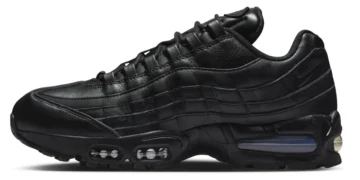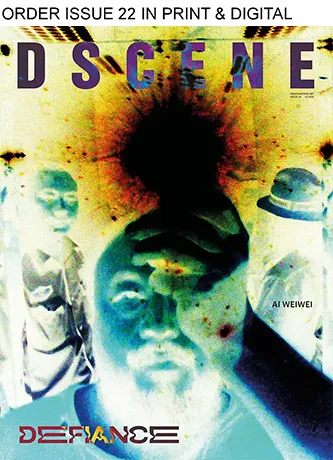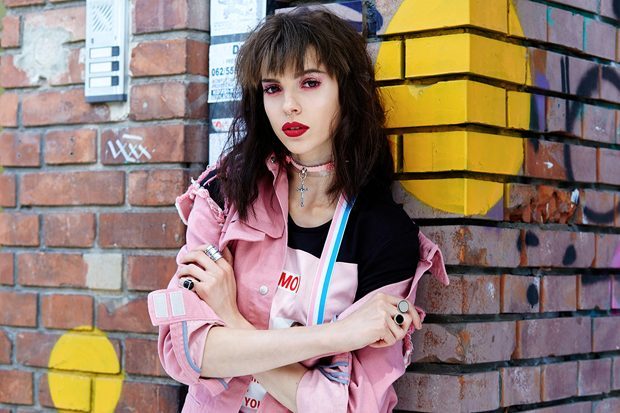
Street art and graffiti can be a polarizing topic, as many things seem to be these days. Some people absolutely love street art and consider it to be legitimate artwork in its own right, with its own Picassos and Monets looming large in its sphere. On the other hand, some people you broach the subject with will dismiss the entire genre as nothing more than a criminal pastime, taken up by ruffians and scoundrels.
To the person in the latter category, all we would like to say is: come on, dude. As long as humans have been around, we have been leaving our indelible marks on everything we come across – what were cave paintings if not graffiti created by our long, long ago ancestors?
The word ‘graffiti’ comes from the Italian ‘graffio’, which means ‘to scratch’, and really, that’s how our first etchings appeared. Ancient Rome is covered in examples of the earliest street art, in the very definition of the term. These were urban areas etched with personal opinions, satire, and (it needs to be said) some pretty lewd content.
The earliest version of what we call ‘graffiti’ exists in the ‘Cueva de las Manos’ (the Cave of Hands) in Santa Cruz, Argentina. Here, people stenciled hundreds of left hands onto rock walls. How old is it? OLD. The work dates from between 13,000 and 9,000 BC.
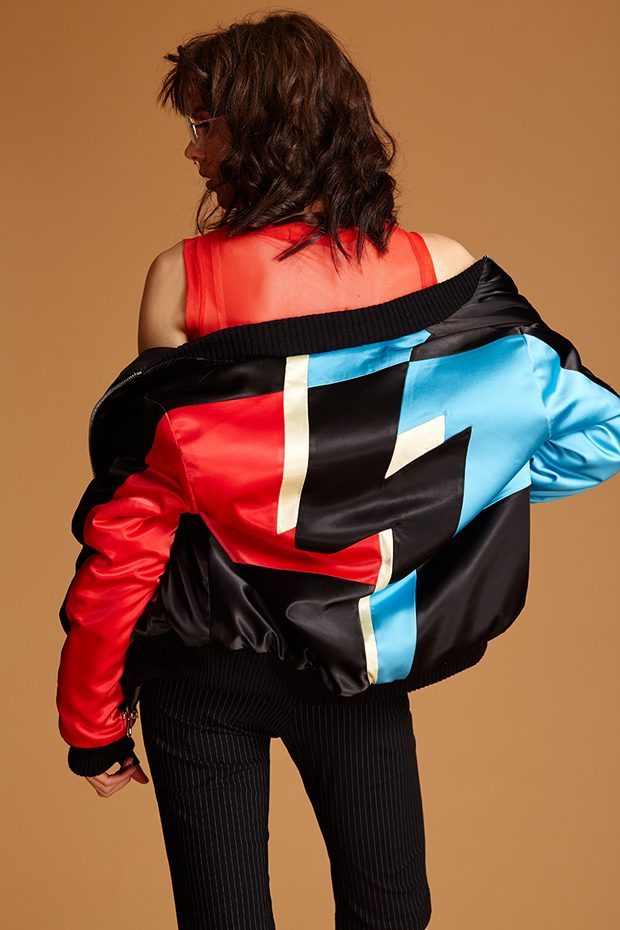
People have always had an innate urge to leave their mark; the only thing that has changed is where and how we do it. Flash forward to the 1970s in New York City – the time and place commonly cited as where street art truly came into its own. Here, the art could break free of the walls and subways cars it was scrawled all over.
Back then, graffiti art covered all of New York. Virtually every single wall, subways car, and street sign were tagged with a name, a slogan, or an image. As administrations went about cleaning up the city’s image, laws became harsher, and street artists had to adapt.
Some artists went even more guerilla, taking part in dangerous and death-defying methods of spreading their art, by reclaiming public spaces on private property. Others migrated their work towards galleries, graphic design, and even apparel.
Now you can see design and artwork that is directly cribbed from its street art origins everywhere, and for a good reason; it’s endlessly versatile. Whether on website backgrounds, shoe treads, or stenciled onto the foam of a latte, street art, and graffiti tags are right at home.

Fashion brands have this figured this out. For years, fashion labels like Nike, Moschino, Louis Vuitton, and many more have plugged street art into their designs. Some brands, like OtherLinks, have even gone so far as to team up with street artists on limited capsule collections, giving the artists the freedom to apply their wildest design to t-shirts.
The humble T-shirt is where street art’s impact is most clearly evident in fashion. Skate brands like DC, Volcom, and Emerica made their bread and butter for years with graffiti and street art designs. As screen-printing technology made huge advancements, the floodgates were opened to create even more intricate and brightly colored designs to grace peoples’ chests and backs.
Opinions on street art and graffiti will always be divided, but it is endlessly appealing as a graphic design choice for T-shirts. Why? It’s spontaneous, and thus informal, making it perfect for the casual, humble Tshirt: the apparel of the masses. T-shirts convey our feelings and opinions. They tell jokes and exhibit a bit of ourselves. Street art and graffiti, likewise, are a populist narrative with relatable messages.
Street artists whose work have been used on T-shirts to great effect include Keith Haring, who was outspoken on social issues of the 1980s like AIDs, apartheid, and drug addiction. He was among the first street artists to combine the graffiti medium with elements of pop culture and what is considered ‘high art.’ His super colorful and bold designs have graced T-shirts for decades, remaining popular even after his death in 1990.
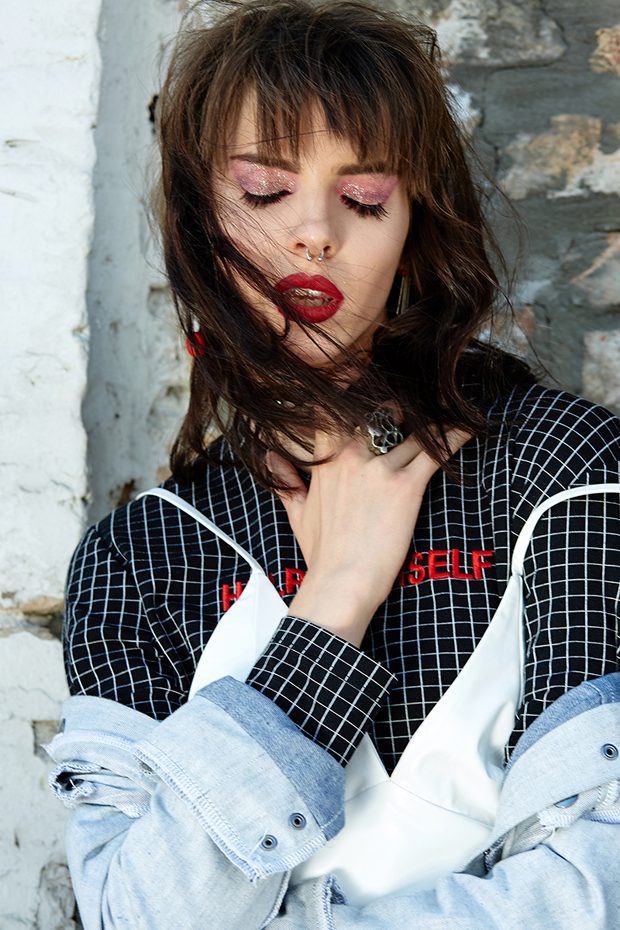
Exhibitions at the world’s most prominent art houses have featured the celebrated street artist Jean-Michel Basquiat’s work. Just one look at his wildly inventive style can tell you why. Basquiat emerged from the New York City punk scene and rose quickly to fame in the art world. His witty, counter-culture infused designs have been used by both couture brands and on T-shirts by clothing retailers like Uniqlo.
Born Darryl McCray, Cornbread is known as the first modern graffiti artist whose designs are still licensed out to T Shirt manufacturers. One work that you see printed on peoples’ chests is ‘Cornbread Lives,’ one of his name-making pieces. The work was painted on the side of an elephant after he broke into the Philadelphia Zoo one night at the age of 17.
And of course, the most T-shirt-friendly street artist we would be remiss not to mention is Banksy. His iconic, easily identifiable work has piqued interest on an international scale. The bold stencils and bright colors lend themselves perfectly to being printed on t-shirts. You can see his designs worn by people just about everywhere on earth.
Graffiti came from the streets, painted on walls and subway cars, and now, with the proliferation of street art T-shirts, it can stay in the streets. Art is for the masses, and wearing street art only makes the medium more massive.
Girls of Blaze by Dusan Jaukovic or Design SCENE Magazine – see full story here.
















